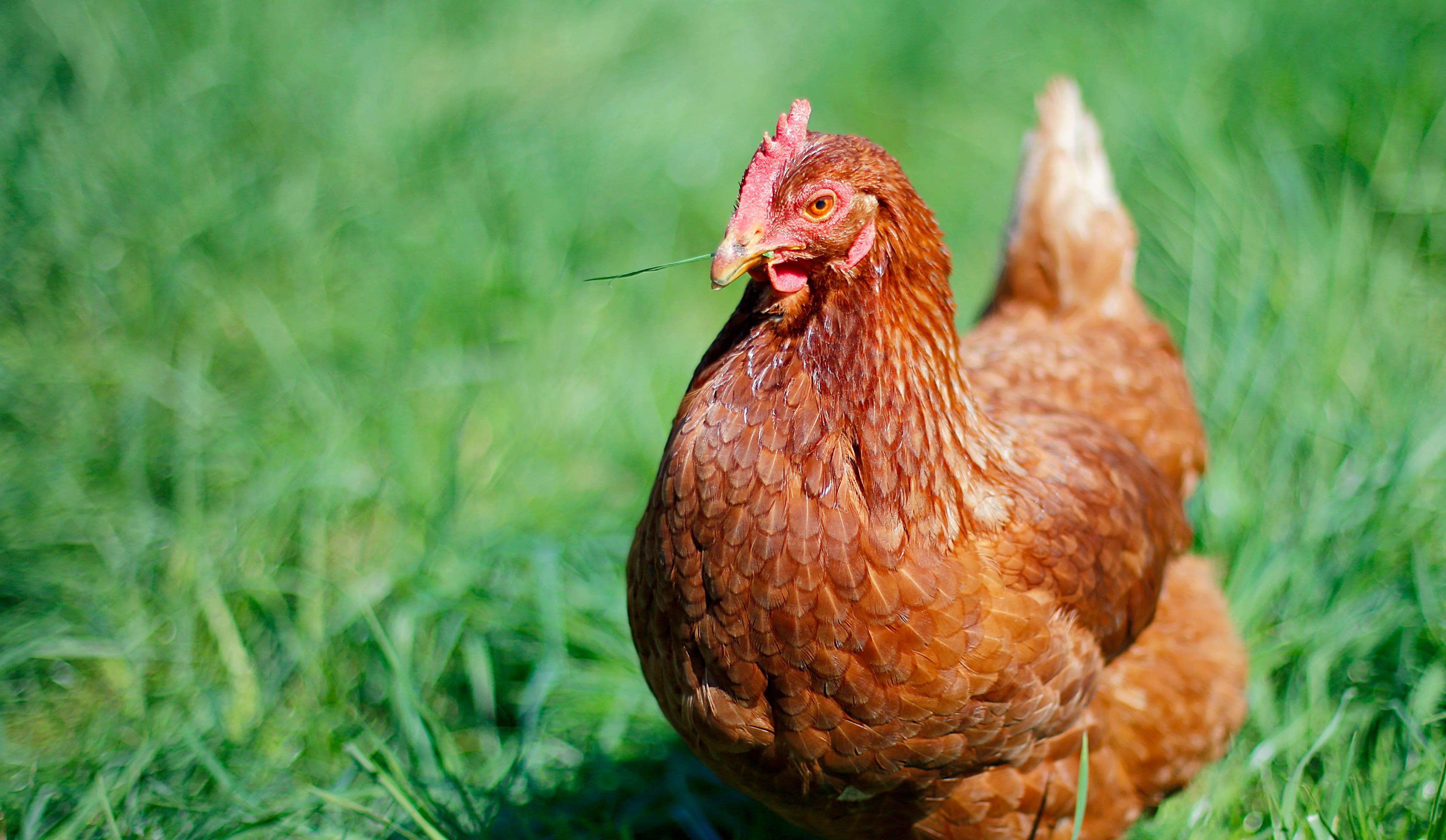




Whole Foods and Costco have shown that supermarkets in the US will need to take this issue seriously, or risk falling behind consumer expectations.

As the calendar rolled over from 2020 to 2021, two major retailers made the news for their chicken welfare policies.
Whole Foods was praised for its decision to meet the standards of the Better Chicken Commitment, while The New York Times’ coverage of an investigation at Costco’s chicken farm revealed abuse and neglect that shocked many of the Times' readers.
2021 is poised to be the year that consumers and animal protection organizations bring the issue of chicken welfare to the grocery industry, and right now, retailers are not looking good. That’s because there’s nothing that differentiates most brands from Costco when it comes to how chickens raised for meat (known as broiler chickens) are treated in their supply chains.
Everything shown in the video of Costco’s farm is standard practice for chicken producers.
Everything shown in the video of Costco’s farm is standard practice for chicken producers. This investigation could have just as easily been about a Walmart, Albertsons, or even Wegmans or Sprouts supplier. While 200+ food companies—including Popeyes, Denny’s, HelloFresh, Papa John’s, Kraft Heinz, Campbell’s, Unilever, Subway, Burger King, TGI Fridays, Starbucks, and Compass Group—have committed to meaningful welfare standards for broiler chickens over the past few years, the grocery industry has largely failed to keep up.
Consumers care about animal welfare
In the last decade, farm animal welfare has gone from a niche issue to a mainstream concern that affects buying patterns. Today’s shoppers are looking for strong animal welfare standards: Research from Walmart showed that 77% of its shoppers were likely to increase their level of trust in a retailer whose policies improved the treatment of animals in their supply chain, and 66% were more likely to purchase their products.
77% of shoppers were likely to increase trust in retailers whose policies improved the treatment of animals.
This research ultimately convinced Walmart to switch to 100% cage-free eggs, a move that practically every major grocery store in the country has now made. Half a dozen states have even passed laws banning cages, a tool that the egg industry once saw as a standard and legitimate practice. Similar corporate and state policies have improved the welfare of pigs and cows by banning veal crates and gestation crates.
Cage-free commitments don't help meat chickens
Unfortunately, these corporate policies and state laws haven’t done anything for the most populous farm animal in the country: the broiler chicken. Broiler chickens make up about 90% of all land animals raised for food in the US, and 99.9% of them come from factory farms. Broilers aren’t kept in cages in the US, so cage-free policies do nothing to alleviate the misery they face. And in fact, no federal laws protect broilers at all. They are excluded from the Animal Welfare Act and the Humane Methods of Slaughter Act.
Instead of being crammed into cages the way many laying hens are, broiler chickens are packed by the tens of thousands into dimly lit sheds. When they’re placed in the sheds a few days after hatching, there’s enough room for them to move around. But they've been bred to grow at an unnaturally rapid rate: up to six times as fast as a normal chicken. Within a few weeks, each bird has less than a single square foot of space to live in.

Beyond crowding, the explosive growth that these animals go through causes pain and sometimes premature death. Many broiler chickens grow so heavy that they are unable to stand. Some have heart attacks. Some grow muscle so quickly that their cardiovascular system can’t keep up and their tissue dies from lack of oxygen. But with no restrictions placed on animal suffering, all that matters to the chicken industry is continuous growth. The lighting in these sheds is kept at a near-constant twilight level because chickens tend to move less and eat more at this time of day. And the sheds are completely barren, void of anything that would burn calories, like giving the chickens a place to perch or room to dust-bathe. Instead they can only sit in wet, waste-covered litter on the floor of a barren shed, eating and eating and eating.
Each bird has less than a single square foot of space to live in.
These birds’ instincts and urges to perform natural behavior go unsatisfied, causing severe mental stress on top of their physical agony. When they’re sent to slaughter, they’re hung upside down and electrocuted to paralyze them, so that they can’t fight or flail when an automatic blade slits their throat. Chickens who manage to evade the blade (half a million each year) end up being boiled alive in defeathering tanks.
Better Chicken Commitment addresses the worst abuses
Such a complex array of welfare issues demands a comprehensive solution. The Better Chicken Commitment addresses all of the worst causes of chicken suffering. It’s a policy that was designed and agreed upon by animal welfare experts at every major animal protection organization in the country. This support is a big deal when other animal welfare schemes are being called “meaningless and misleading” by consumer protection organizations.
Three major chicken producers have already agreed to supply chicken that meets these standards to any company that wants it. Two hundred restaurants, food service companies, meal kit providers, hospitality companies, and even a pet food company have already committed to meeting the standards of the Better Chicken Commitment. And these exact standards are already being adopted across Europe as well.
Whole Foods and Costco have shown that supermarkets in the US will need to take this issue seriously, or risk falling behind consumer expectations.
 Michael Windsor
Michael Windsor




